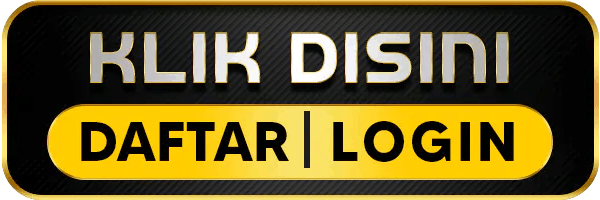1
/
of
1
RTP SLOT ONLINE
RTP SLOT ONLINE 🏆️ Bocoran RTP Live Slot Gacor Pragmatic Play Hari Ini Dengan Win Rate No 1
RTP SLOT ONLINE 🏆️ Bocoran RTP Live Slot Gacor Pragmatic Play Hari Ini Dengan Win Rate No 1
Regular price
Rp 8.000,00
Regular price
Sale price
Rp 8.000,00
Unit price
/
per
Selamat datang di dunia RTP Slot Online! Kami sangat senang Anda telah datang ke situs yang tepat untuk mendapatkan bocoran pola RTP Live Pragmatic Play dengan winrate tertinggi. RTP, atau Return to Player, adalah persentase pembayaran yang diharapkan dari sebuah slot selama periode waktu tertentu. Ini adalah indikator penting untuk mengetahui seberapa sering slot cenderung membayar dan memberikan gambaran tentang potensi kemenangan Anda. Dengan RTP tinggi, Anda memiliki peluang lebih besar untuk meraih kemenangan besar dalam permainan slot online.
Kelebihan Menggunakan RTP Live Slot Hari Ini Untuk Para Pemain Slot
Berikut adalah beberapa kelebihan menggunakan RTP Live Slot hari ini:
- Informasi Real Time : RTP Live memberikan akses langsung ke data terbaru tentang pengembalian slot, memungkinkan Anda untuk membuat keputusan taruhan yang lebih cerdas.
- Identifikasi Tren Kemenangan: RTP Live memberikan informasi yang jelas tentang tren kemenangan terbaru, membantu Anda mengidentifikasi slot dengan potensi kemenangan tertinggi.
- Transparansi dalam Permainan: Penggunaan RTP Live meningkatkan transparansi dalam permainan, memastikan bahwa Anda memiliki akses ke informasi yang akurat dan dapat diandalkan.
Cara Menggunakan RTP Slot Online Yang Benar Biar Tidak Rungkad
Berikut adalah beberapa langkah penting dalam penggunaan RTP Slot Online yang benar:
- Cari Informasi yang Terpercaya: Pastikan Anda mendapatkan informasi tentang RTP dari sumber yang terpercaya dan andal.
- Pilih Slot dengan RTP Tinggi: Pilih slot dengan RTP tinggi untuk meningkatkan peluang kemenangan Anda.
- Gunakan sebagai Panduan: Gunakan informasi RTP sebagai panduan untuk menyusun strategi taruhan Anda, termasuk pengelolaan bankroll dan pemilihan game yang tepat.
- Perbarui dan Pantau: Perbarui dan pantau data RTP secara berkala untuk tetap mengikuti tren dan peluang terbaru.


